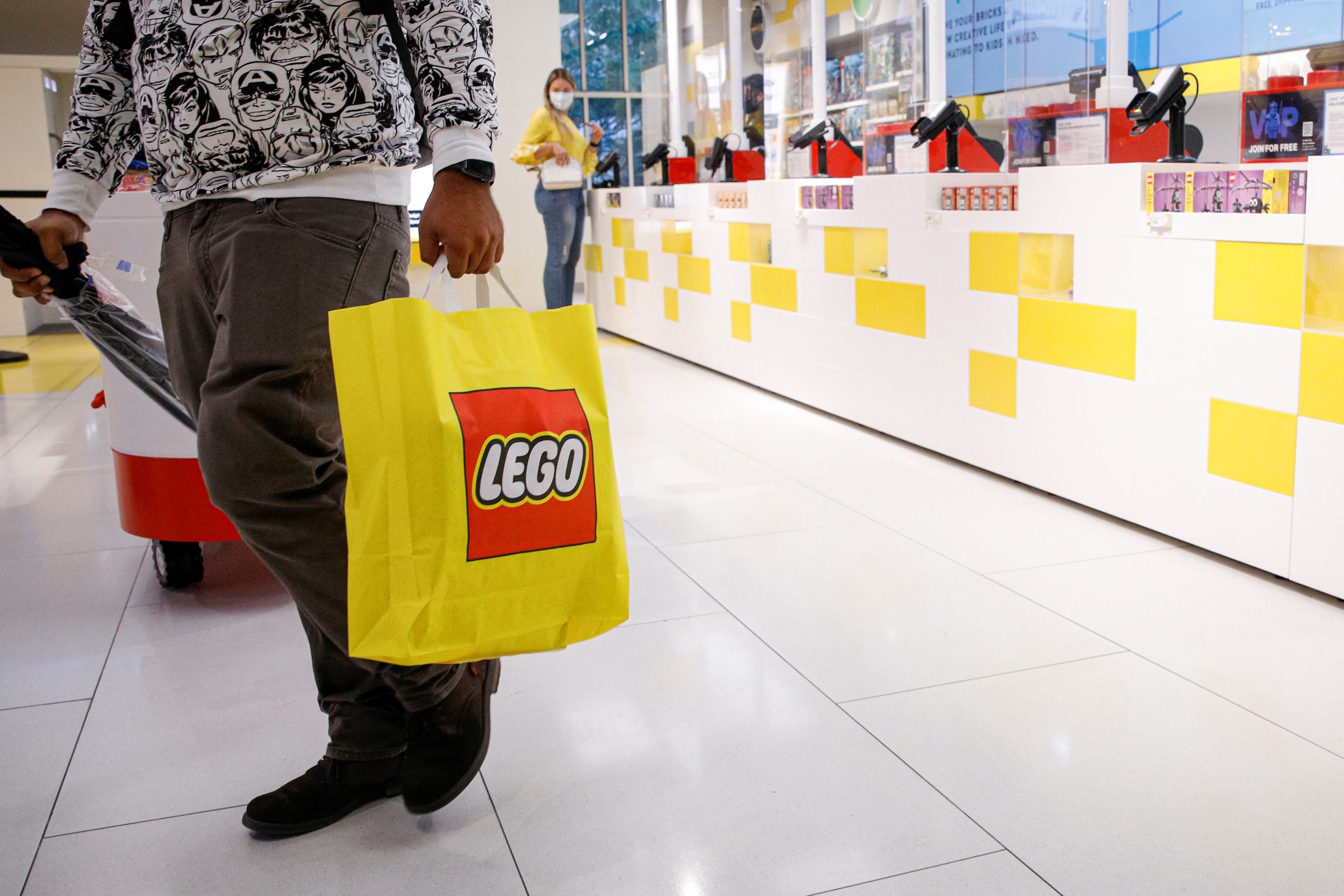
Lauren Moye, FISM News
[elfsight_social_share_buttons id=”1″]
The LEGO Group announced on Monday that they were committed to eliminating gender stereotypes from their toys and marketing material in an effort to be more “inclusive.”
In their “Ready for Girls” campaign announcement, the maker of plastic bricks revealed research that said children’s play and future job considerations remained “unequal and restrictive.” In particular, 74% of boys surveyed believed in gender-specific activities versus 62% of girls.
LEGO Group partnered with the Geena Davis Institute on Gender in Media for this research that involved 7,000 parents and children from seven different countries. Children who participated ranged in age between 6-14 years.
The company’s official statement reads, “Our insights further indicate that girls are typically encouraged into activities that are more cognitive, artistic and related to performance compared to boys who are more likely to be pushed into physical and STEM-like activities.”
That’s why the company began their latest campaign, which they hope will “welcome more girls to LEGO building, ensuring they aren’t losing out on the benefits of LEGO play due to societal expectations.”
While the press release didn’t give specifics, the company did commit itself to more inclusivity in future marketing endeavors. Part of these changes will involve eliminating gendered labels in their products to instead focus on passions and interests as a product’s selling point.
Chief Product and Marketing Officer Julia Goldin stated in the official press release: “The benefits of creative play such as building confidence, creativity and communication skills are felt by all children and yet we still experience age-old stereotypes that label activities as only being suitable for one specific gender. At the LEGO Group we know we have a role to play in putting this right, and this campaign is one of several initiatives we are putting in place to raise awareness of the issue and ensure we make LEGO play as inclusive as possible.”
LEGO made sure to highlight the parent’s role in perpetuating these stereotypes. The press release cites statistics on how parents select and consider certain activities for their children, such as being 76% more likely to place sons in a sports program than they would a daughter.
Madeline Di Nonno, president and CEO of the Geena Davis Institute, told USA Today, “It’s about what’s happening in the home, and how can parents help their children see and experience a less gendered world.”
However, this view overlooks that children themselves might naturally choose these different activities. Not only have gender-neutral toy and toy aisles been a key talking point of feminists like Germaine Greer for close to fifty years, it has also been tested and reversed.
Dr. James Dobson notes in his article Boys and Girls are the Same? The Unisex movement that Toys “R” Us followed this “gender-neutral approach to marketing as demanded by feminists” for over twenty years. After a customer survey with over 10,000 respondents, Toys “R” Us decided that their young clientele did not appreciate this approach. Dobson wrote, “Armed with that information, executives at Toys “R” Us decided it was politically safe, at last, to display the toys in separate sections called Boys World and Girls World.”
Dobson also records an attempt by Hasbro Toys to make a gender-neutral dollhouse. This resulted in boys interrupting the calmer play style of their female playmates.
In similar news, California recently mandated that larger retail stores would need to keep gender-neutral toy aisles.
